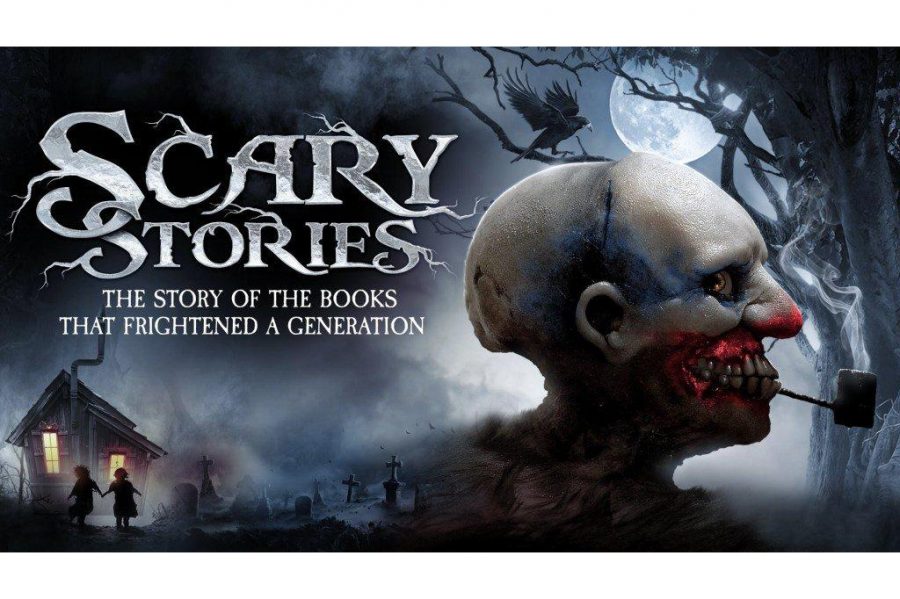In a time before “Goosebumps,” another book had the honor of bringing children’s nightmares to life.
“Scary Stories” is a 2019 documentary directed, edited and produced by Cody Meirick. The film chronicles the legacy and origins of the “Scary Stories to Tell in the Dark” book series written by Alvin Schwartz and illustrated by Stephen Gammell. The books are well known for their unsettling illustrations and morbid content, and the documentary efficiently tackles the controversy and importance surrounding them, despite a few technical errors.
The film features an impressive roster of interviewees ranging from acclaimed horror author R.L. Stine (“Goosebumps,” “Fear Street”) to Sandy Vrabel, the parent-teacher association member who fought to ban the books from elementary school libraries because of their gruesome content. Each source offers a unique perspective on the topic. The most heartfelt content comes straight from the son of the late Schwartz. He tries to piece together the motivations and values his father cherished during his writing process. The film also touches base with several fans of the books, including a woman who recreates the stories’ most classic images through human photography. This wide range of sources upholds the stories’ lasting legacy.
“Scary Stories” succeeds in enhancing the narrative with its visual components. Beautifully animated scenes are scattered throughout the documentary, all drawn in Gammell’s one-of-a-kind style. An eerily depicted library serves as the hub for the various avenues of content explored. With each topic transition, the audience is taken through the ghostly library to a new section. Images from the “Scary Stories” are frequently displayed on screen, reminding viewers of the traumatic nature of the stories. Interviews are shot in abandoned buildings, tattoo parlors and, in one case, near an old hearse. These locations add an engaging element to what easily could’ve been a series of dull talking heads.
Unfortunately, the documentary is not without shortcomings. On several occasions, the audio doesn’t sync with the mouths of the interviewees, which distracts from information the film presents. In addition, there are a couple moments when the audio awkwardly cuts in or drastically differs in volume from previous interviews. While this doesn’t take away from the film’s flow, it does take away from its professionalism. Other issues include several unfocused shots, strange camera angles and interviewees standing in awkward open spaces while responding to questions.
The overall flow of the documentary is a gradual expansion that starts with the origins of the books themselves and ends with their cultural significance. What begins as a small exploration into the impact and history of “Scary Stories to Tell in the Dark” actually shines a light on the larger issue of censorship. It’s an eye-opening analysis of the importance of introducing fictional stories, no matter how morbid, to young children. Toward the end of the film, the parent-teacher association member who wanted the books banned ends up having a conversation with the author’s son, and it’s refreshing to see the controversy tackled head on by a blood relative of the author.
Despite technical issues, “Scary Stories” is an effective documentary that does justice to the impact of the terrifying tales and Alvin Schwartz’s quiet, but powerful legacy.
3 spider bite pimples out of 5




















